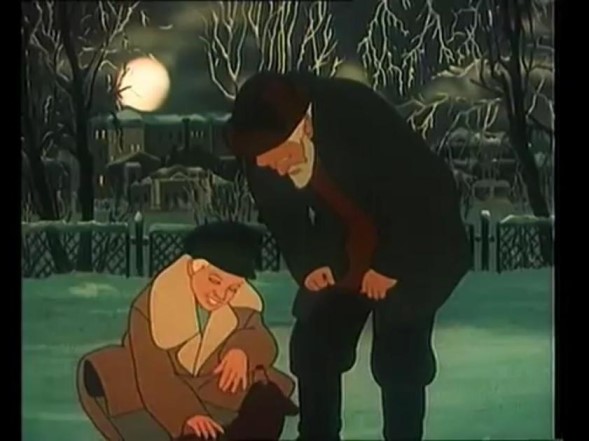Kashtanka: Four Screen Interpretations of One Story by Anton Chekhov
DOI:
https://doi.org/10.17892/app.2019.0008.97Keywords:
Anton Chekhov, Olga Preobrazhenskaia, Mikhail Tsekhanovskii, Roman Balaian, Natal’ia Orlova, screen adaptation, animated film, Chekhov’s story endingAbstract
The article is devoted to the four screen adaptations of Anton Chekhov’s story Kashtanka: a silent film by Olga Preobrazhenskaia (1926), a cartoon by Mikhail Tsekhanovskiĭ, a film by Roman Balaian (1975), and a cartoon by Natal’ia Orlova (2004). First of all, attention is drawn to the major interpretations of Chekhov’s text in literary studies and in literary criticism. They are all struggling with the question: why does the main character, a stray dog Kashtanka go back to the joyless and hungry life with the carpenter and his son instead of staying at clown’s house, where she had been cherished? The analysis of the four screen adaptations shows that directors solve this issue in their own way. The analysis of Orlova’s cartoon is based on the interview, which was taken by the author of the article.
Downloads
Published
How to Cite
Issue
Section
License
Copyright (c) 2019 Apparatus. Film, Media and Digital Cultures of Central and Eastern Europe

This work is licensed under a Creative Commons Attribution 4.0 International License.
The articles in Apparatus are published under https://creativecommons.org/licenses/by/4.0/ This license does not apply to the media referenced, which are subject to the individual rights owner's terms.
The authors hold the copyright without restrictions and retain publishing rights without restrictions.





